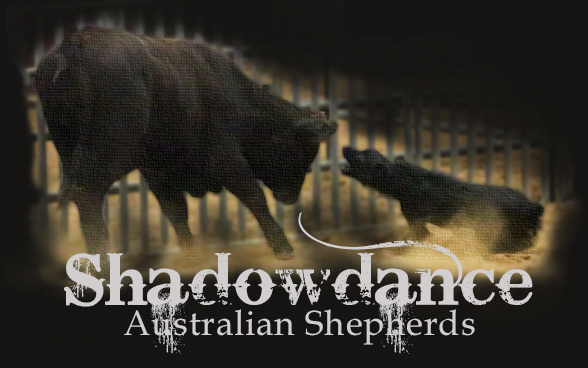Moving Backwards to Move Forward
What a glorious weekend we had for the Steve Shope clinic here at the farm last weekend! The weather cooperated wonderfully, and the group of handlers and dogs was one of the best yet. All eager to learn, all super-supportive of one another, and all at various levels with their dogs. We certainly gave Steve a work-out. He, in turn, pushed some of us outside our comfort zones in order to get the best from our dogs.
For some handlers ‘outside the comfort zone’ meant merely turning their back on their dog. For others, it meant moving outside the pen. Literally. Talk about exercising trust in your dog while losing the ability to micro-manage them. A trap I fall into far too often.
I was one of those who Steve had work their dog from the opposite side of the fence. Yes, I put Jig in the round pen with the stock, closed the gate behind her, and took up a position well away from the action.

There I am, on the wrong side of the fence, pulling Jig through on an inside flank to send her all the way around.
I’m not sure who this was harder on; me or Jig. We were working on freeing her up a bit, making her flanks more fluid. Removing me from the picture not only forced me to ramp up the level of trust I’ve shown her, but also prevented me from orchestrating her every move. Honestly, I really needed a drink when we were done! The results, however, were showing even after just a couple sessions.
This is an exercise I’ll continue, and was just one of several Steve left me with to help plug those huge, gaping holes in Jig’s training. It’s not going to happen over night. I will need to exercise patience. Yes, that little virtue I seem to have a problem with.
“You know the problem with instant gratification?
It’s not fast enough.”
And, even though I swore I wouldn’t push Dillon like I have other dogs, it appears I used the same process on him as I have on Jig.
- Spend a few sessions on the basics
- See results
- Jump immediately to advanced work
- Become frustrated because things aren’t going as planned
- Continue to try to force the issue
- Bang head against wall
- Repeat Step 5
- Repeat Step 4
- Repeat Step 6
- Drink
This is not a training regime I recommend to anyone.
As for Dillon, I admit, I was getting a bit worried about the boy. It’s not that he doesn’t want to work, or that he’s out of control, and he has some really nice, natural moves. I just felt he wasn’t as far along as he should have been at his age. Felt. Past tense.
I now see there are only two current problems plaguing the boy: #1 – he is a young male and is currently a tad mentally immature. #2 – me, as explained in Steps 1-10 above.
Yeah.
No more of that. Our new training regime for both dogs is as follows:
- Spend as long on the basics as needed to get consistent results
- Move forward only when Jig or Dillon tell me they’re ready
- If something isn’t working, either back up a step, or go on to something else.
- Don’t force it.
- Don’t get frustrated.
- Enjoy the process.
- Take time.
- Repeat #1
- Have fun.



No Comments